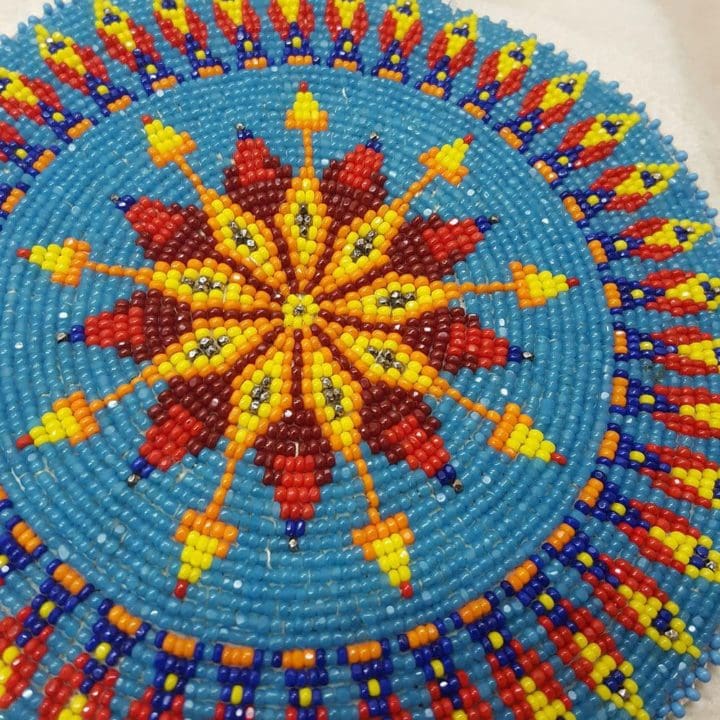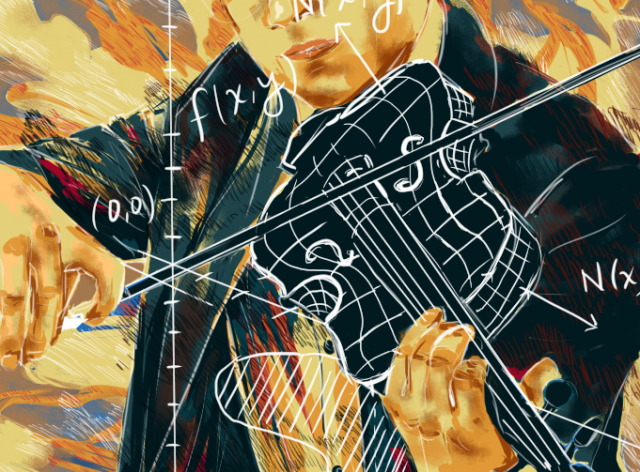Week 2: Math + Art
Where There is Art, There is Math!
Kate McKinnon's lecture on beadwork was incredibly insightful as to how mathematics, specifically geometry, was incredibly insightful as I began to understand more clearly the relationship between mathematics art: that often, the two are inseparable. We learned that beadwork is an incredibly complex artistic activity. Creating even the most simple of patterns with beads requires, to a certain extent, mastery of complex geometric principles such as ratio, sequences (such as the Fibonacci sequence), and Kaleidocycles.
The notion of mathematics and art being inextricably linked is also present in how we humans develop our mathematical and musical skills in tandem. Music educator Martin J. Bergee elucidates the relationship between mathematics and music based on scientific findings: namely, as you improve your mathematical capabilities, you are likely to improve your musical capabilities as well. The underlying reason for this seems to be that music is, in some sense, an application of math. According to Brain Balance, music is "all about time signatures, beats per minute and formulaic progressions," which all require a certain level of mathematical prowess to execute successfully. Therefore, it would be logical to conclude that becoming more familiar with certain mathematical concepts such as sequences and ratios develops skills that can and are frequently carried over into the world of music.So far, we have discussed how mathematics helps develop art. But what about the other way around? What about how art can help develop or visualize a concept in math or science? A great example of this is the notion of the curvature of space-time due to gravity, first theorized by Albert Einstein himself. This is a concept that is particularly interesting to me, as someone who is taking a course in Astrophysics this quarter. Although the concept may seem daunting at first, the overall idea is quite simple: think of space as a 2-dimensional plane where massive objects like planets and stars create dips in the plane. This idea is shown in the below image:
The heavier the object (in this case, black holes are the heaviest known objects in the universe), the greater the distortionary effect it will have on the plane. Evidently, one can see how this artistic representation of a plane and an object being placed on the plane helps convey the idea of the very complicated idea of gravity affecting the curvature of space in a simple manner.
Sources:
Image Links:
https://www.powwows.com/wp-content/uploads/VERY-NICE-LARGE-HANDCRAFTED-CUT-BEADED-BUCKSKIN-NATIVE-AMERICAN-INDIAN-PURSEBAG1-720x720.jpg
https://qph.fs.quoracdn.net/main-qimg-fb0f536c8c0bd7b2ccf429747dd36c12
https://wp.dailybruin.com/images/2019/01/mathmusic_illo-640x472.png


Comments
Post a Comment